Changing the paradigm on the oceanic iron cycle
Tagliabue and co-workers (2017, see reference below) discuss an extensive review on the recent findings on iron (Fe) cycle in the ocean. They figure out clearly that: Fe is a […]
This section presents the GEOTRACES scientific activities.
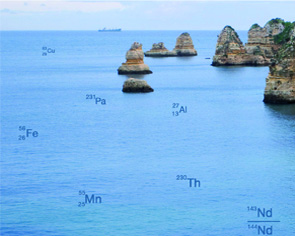

Tagliabue and co-workers (2017, see reference below) discuss an extensive review on the recent findings on iron (Fe) cycle in the ocean. They figure out clearly that: Fe is a […]
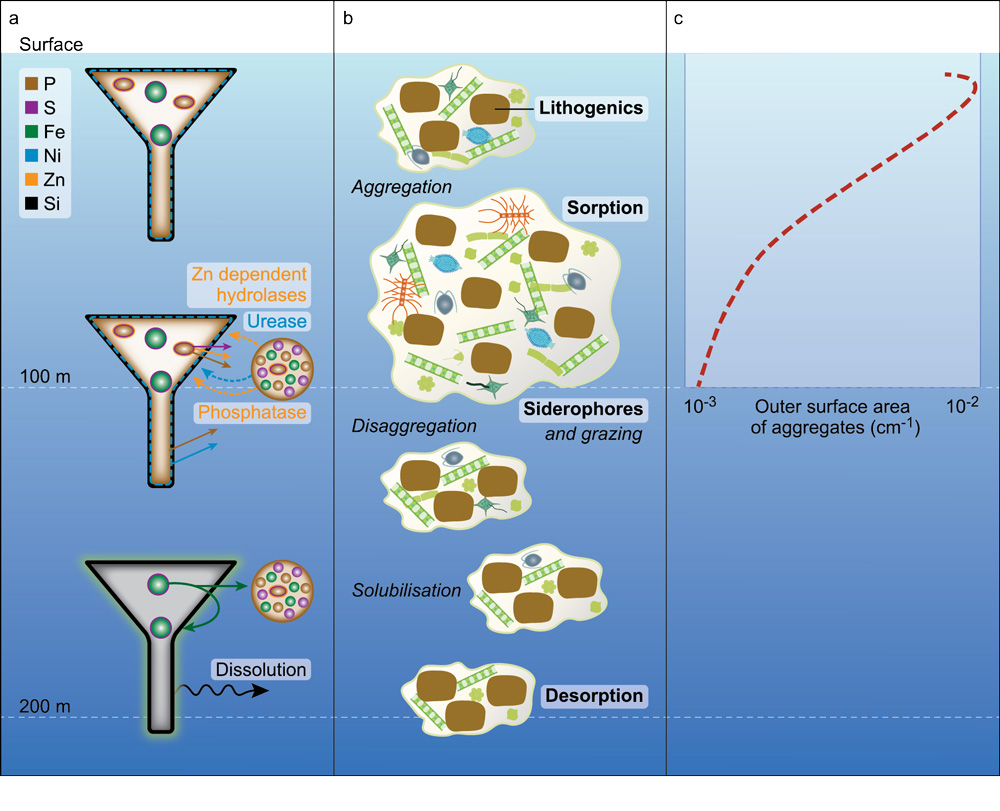
Boyd and co-workers (2017, see reference below) explore the abiotic and biotic mechanisms that underpin internal metal cycling. Although they are focusing on iron (Fe) as the best-characterized metal, they […]
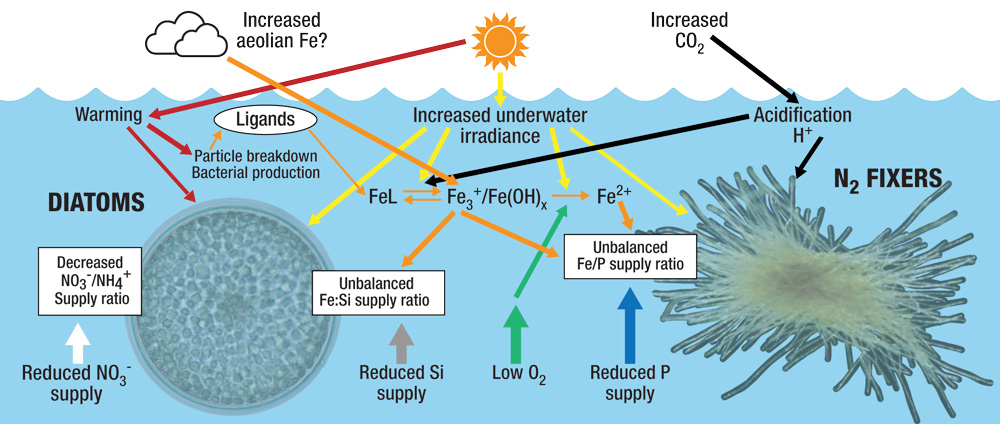
Phytoplankton development is strongly linked to the dissolved iron availability in the surface waters. Iron’s behavior is sensitive to warming, stratification, acidification and de-oxygenation. In a changing ocean, these processes […]
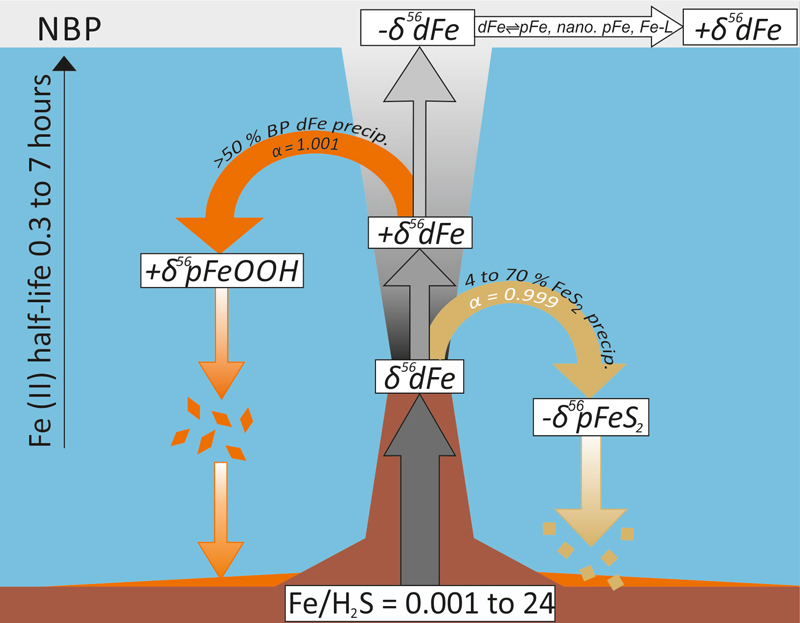
Assessing the processes leading to dissolved iron (dFe) isotope fractionation in a hydrothermal plume is a key question, because it allows a better characterization of this specific source of dFe […]
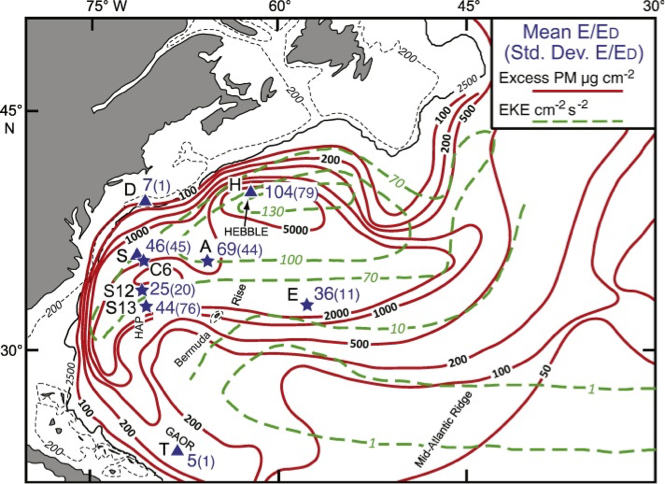
How ubiquitous, variable or persistent are nepheloid layers? What is the main process generating these “clouds at the bottom of the sea”? Gardner and co-workers (2017, see reference below) explore […]

The strong similarities between zinc (Zn) and silicon (Si) vertical profiles have led many studies to suggest the uptake of Zn in diatom frustules, followed by simultaneous remineralisation at depth. […]
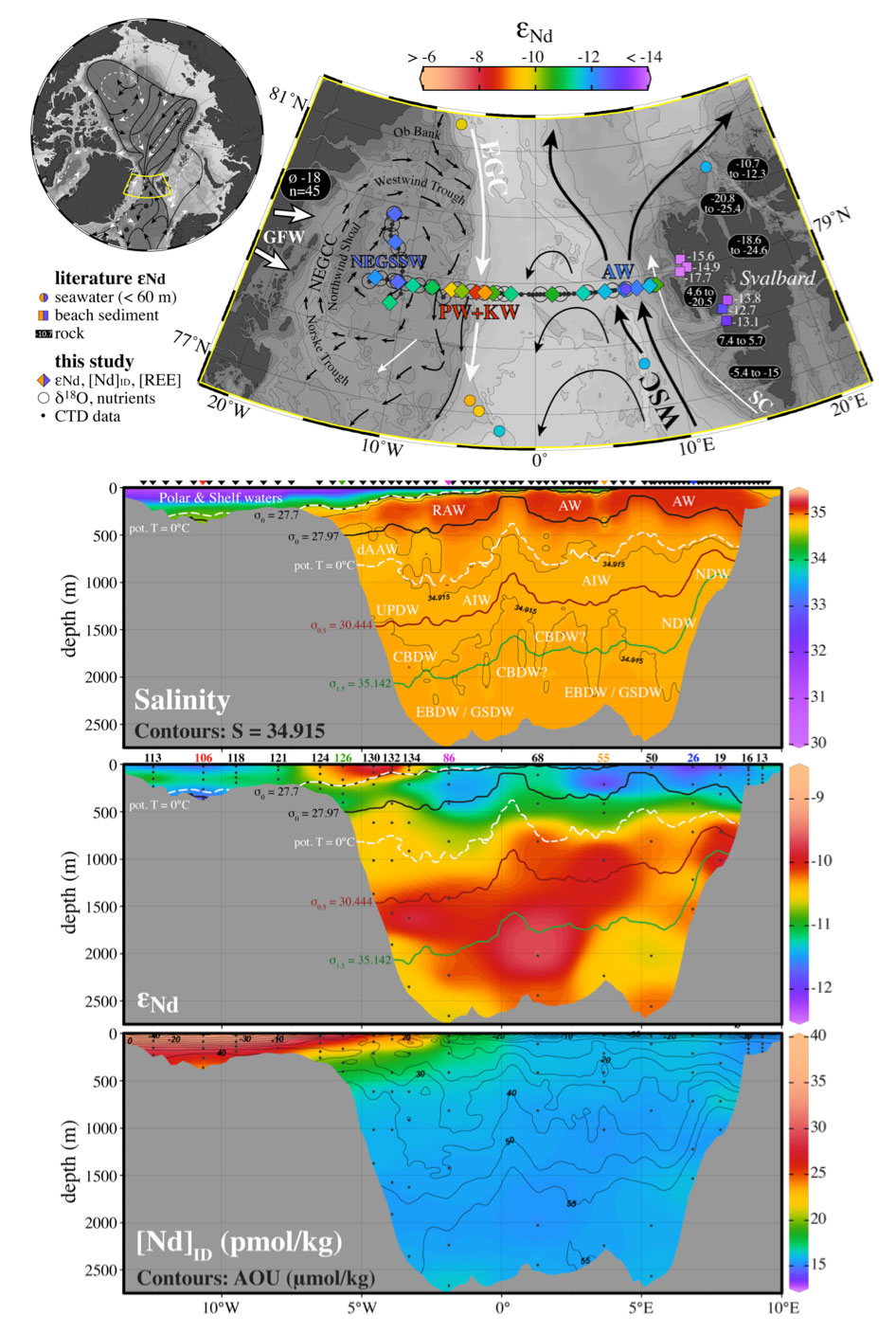
Georgi Laukert and co-workers (2017, see reference below) provide new insights into the sources, distribution and mixing of water masses passing the Fram Strait, the gateway between the Arctic Ocean […]
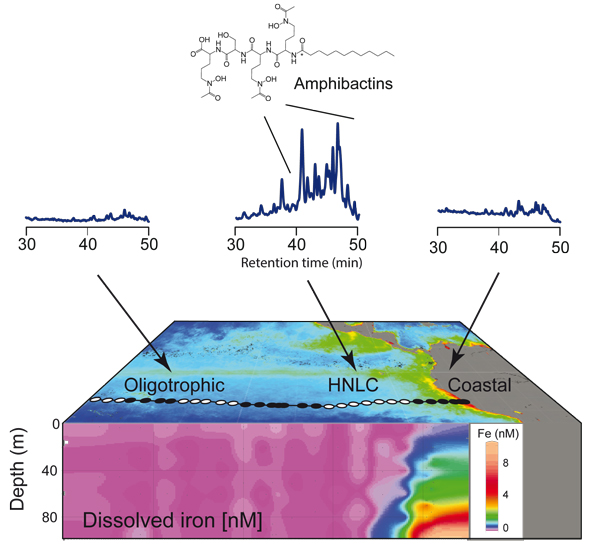
Siderophores are organic compounds secreted by microbes to facilitate iron uptake. Using new methods to characterize trace metal organic ligands in seawater, Boiteau and colleagues (2016, see reference below) measured […]
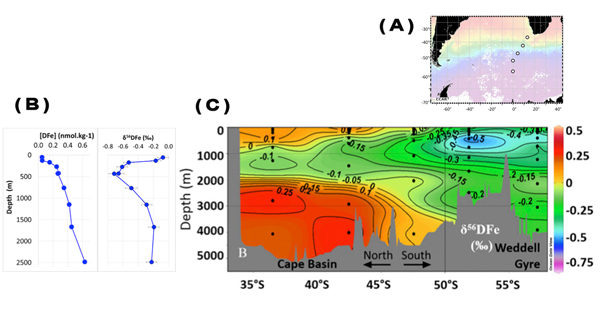
Abadie and co-workers propose new dissolved iron concentration and isotopic composition distributions (DFe and ICFe respectively) along the Bonus-Goodhope IPY section (GIPY4), in the Atlantic sector of the Southern Ocean. […]